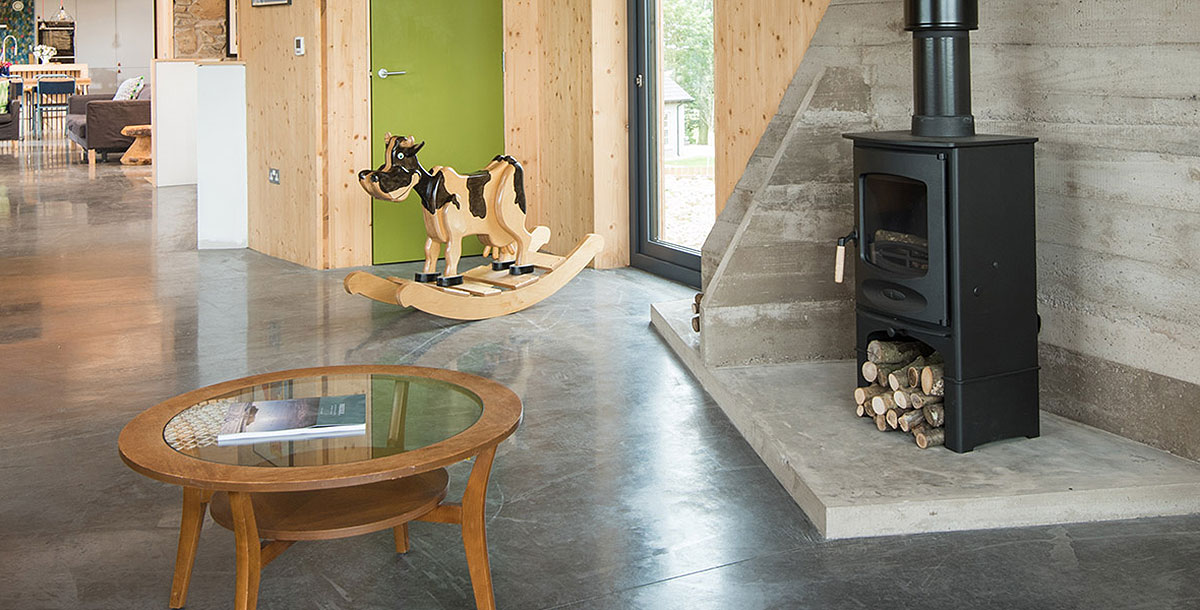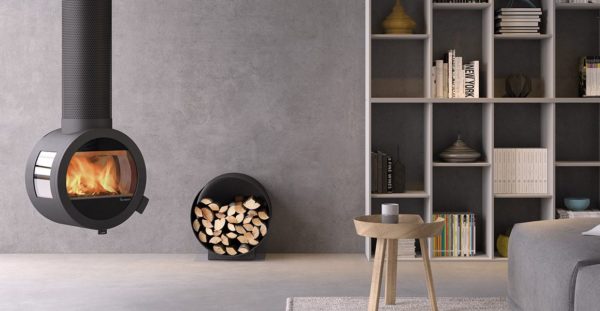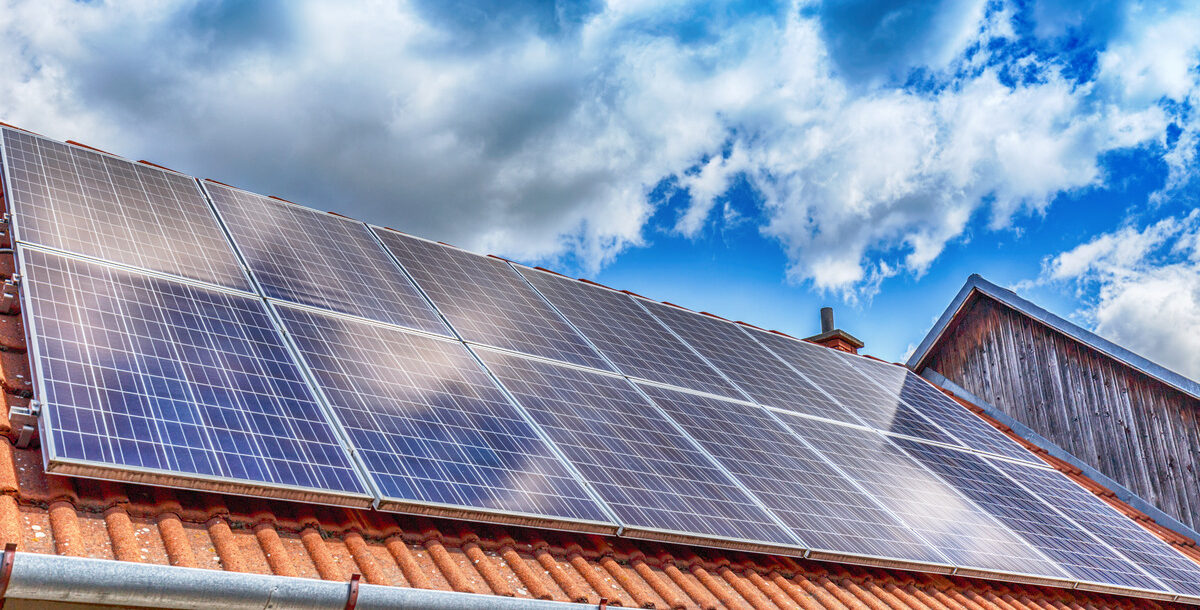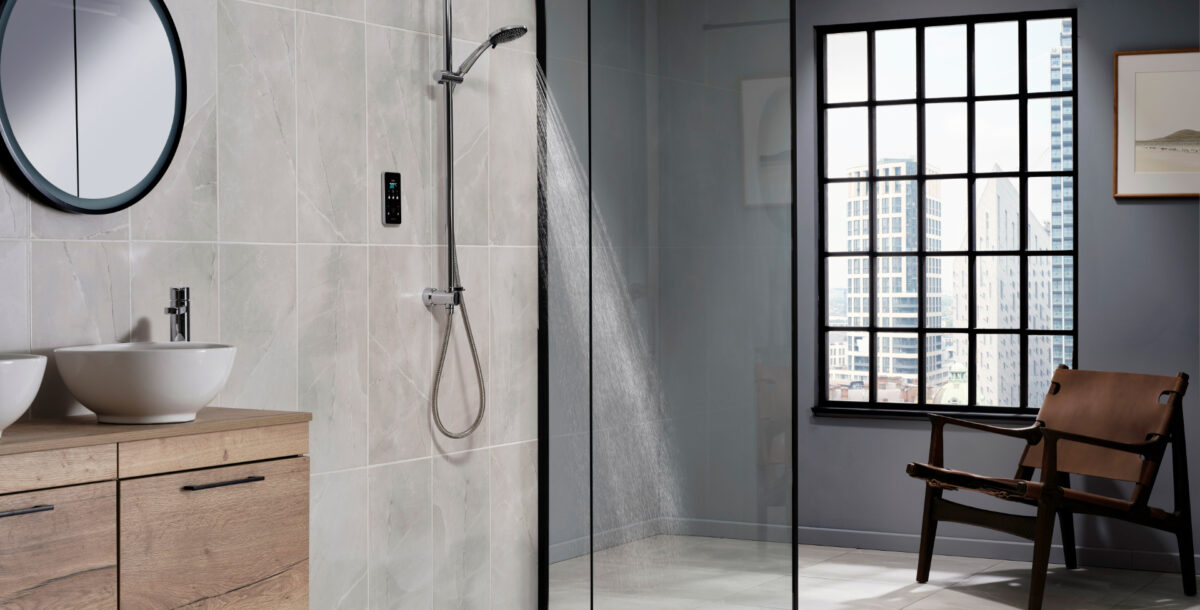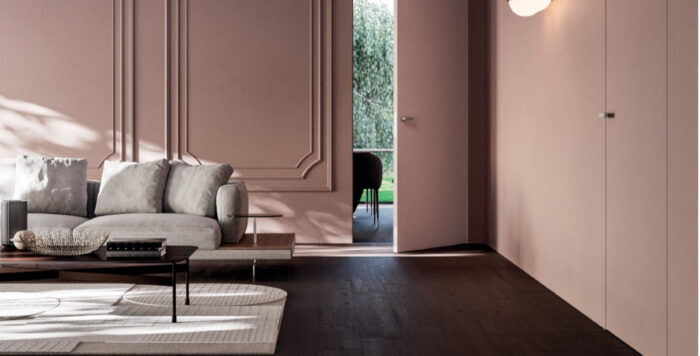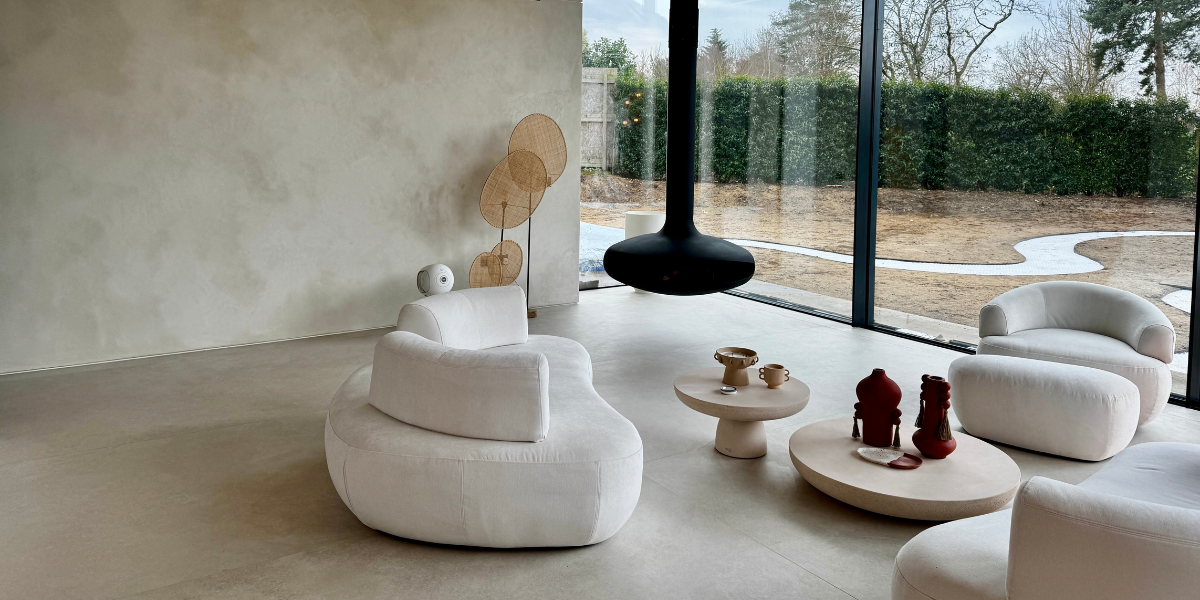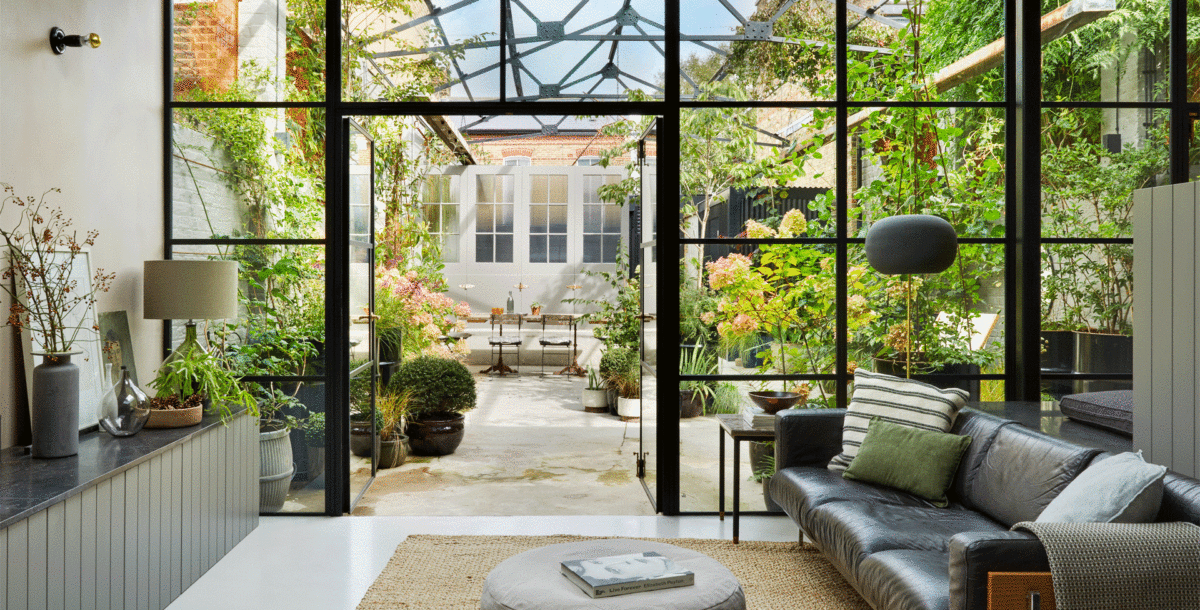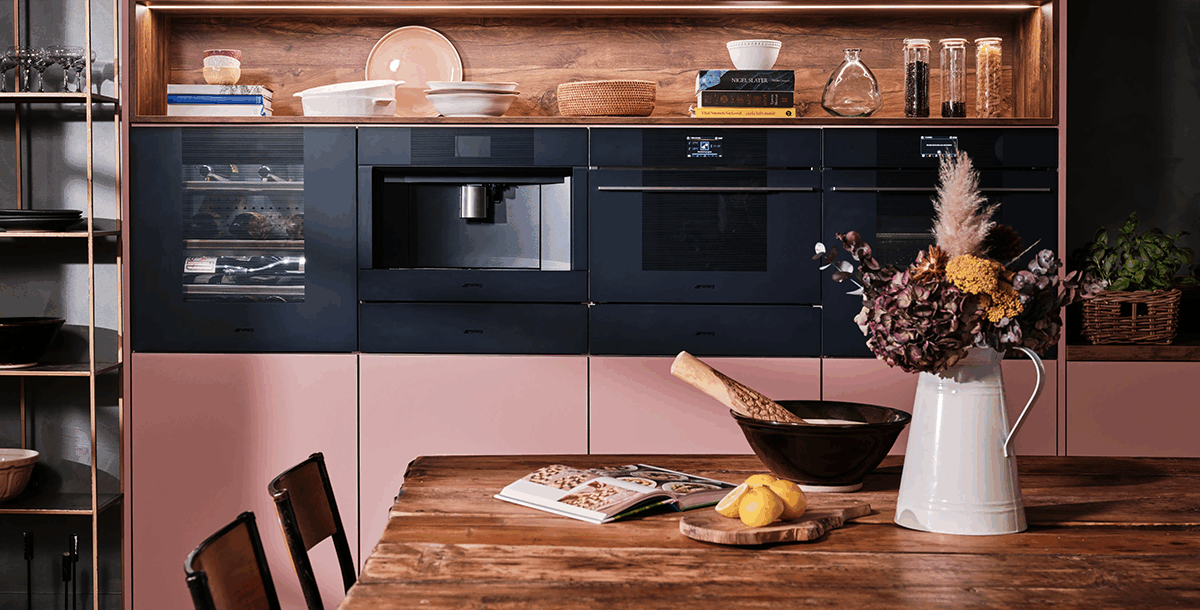How your home’s indoor air quality is affected by its design
Construction methods that promote better indoor air quality may be the next frontier of self build homes and renovations
A recent report highlights evidence that what we’re exposed to inside our homes may have a detrimental effect on health.
A new report from the Royal College of Physicians and the Royal College of Paediatrics and Child Health has reviewed the roles that building materials can play in reducing the indoor air quality of our homes.
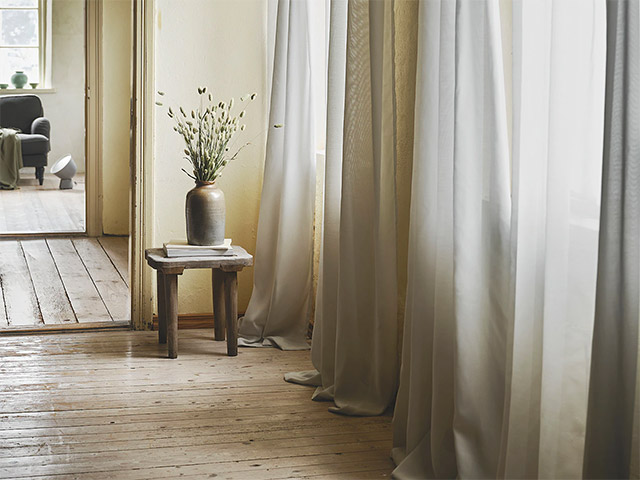
In response to growing concerns over indoor air quality, IKEA has developed curtains treated with a mineral-based coating which uses natural light to break down volatile organic compounds in the air.
More is known about the link between outdoor air pollution and respiratory and cardiovascular conditions, but evidence is emerging that what we’re exposed to inside our homes can also have a detrimental effect on health. The Inside Story: Health Effects of Indoor Air Quality outlines that poor indoor air quality can be linked to health issues ranging from respiratory diseases and low birth weights to reduced cognitive performance due to lack of sleep.
Sources of the problem include emissions from construction and decorating materials, furnishings and cleaning products. ‘Some building materials are treated with chemical flame retardants, which have been found in house dust and can have harmful effects,’ says the report.
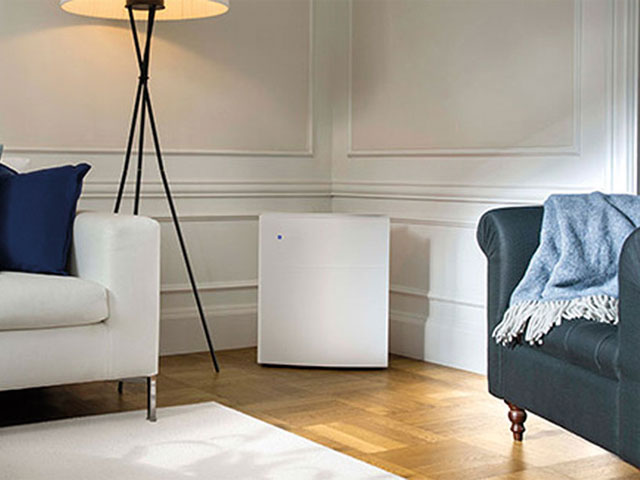
Recent research debunked the idea that houseplants can significantly improve the air quality in our homes, as they do so far too slowly to make a real difference outside of laboratory conditions. An air purifier, such as this Blueair Classic 200, removes particles such as pollen, dust, and mould.
The study’s authors also caution that the risk from the proliferation of chemicals has been compounded by the emphasis on homes having high levels of insulation and increased airtightness.
‘Energy efficiency is important to reduce our use of fossil fuels, but without adequate ventilation it could inadvertently worsen indoor air quality and impact health.’ Urging the Government to take action and develop a national strategy to address the issue, the report calls for a revision to building regulations to ‘set legally binding performance standards for indoor air quality that include ventilation rates, maximum concentration levels for specific pollutants, labelling materials and testing of appliances’, and for ‘air-quality tests when construction is complete and before the building is signed-off’.
Airtight solutions
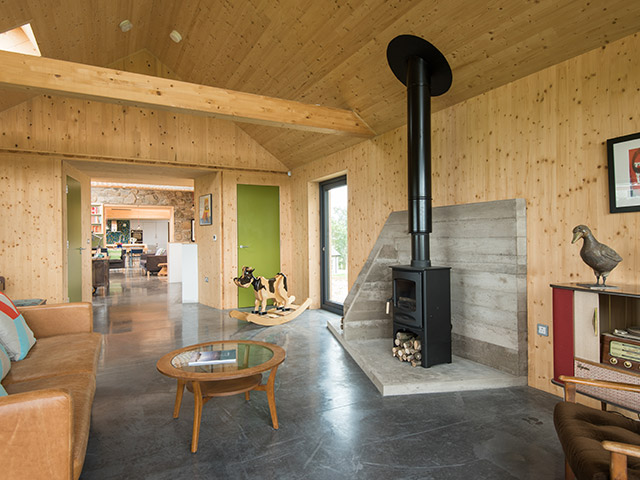
Photo: Bradley Quinn – Elaine and Micah Jones’ self-built home benefits from a constantly refreshed flow of air, thanks to their MVHR system
Self-builders and whole-house renovators concerned about indoor air quality might want to look into the possibility of installing mechanical ventilation with heat recovery (MVHR), a system that expels stale indoor air while drawing fresh air in from outside – warming and filtering it to remove particles such as pollen, dust and some pollutants. MVHR is most energy efficient when a building has a high level of airtightness, so it’s not suitable for every situation.
Choose eco finishes
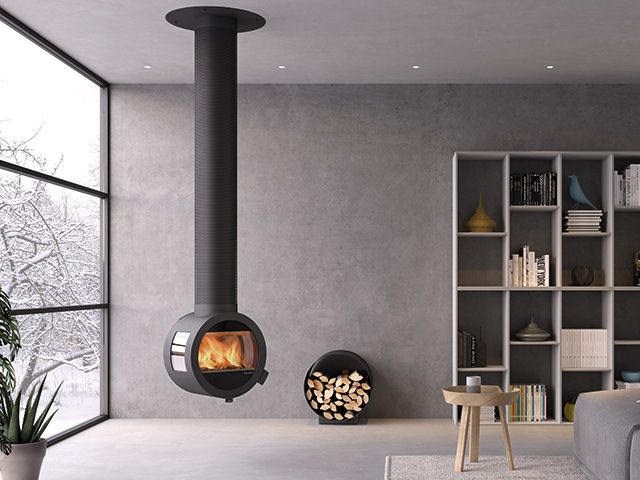
Nordpeis’ ME wood burning stove has energy efficient combustion technology and the option of an external air supply.
Plug-in air purifiers are another way to absorb what’s already present, but they can’t prevent pollutants drifting in from outside or being released from furnishings and fixtures in the first place. Choosing products that are free from chemicals such as VOCs, including formaldehyde, will help. As will selecting wood-burners that are Ecodesign Ready and Defra approved for use in smoke-control areas, using them only occasionally as a back-up to an energy-efficient heating system, and building materials that are low in pollutants and emissions will make a positive difference and help you breathe easy.

